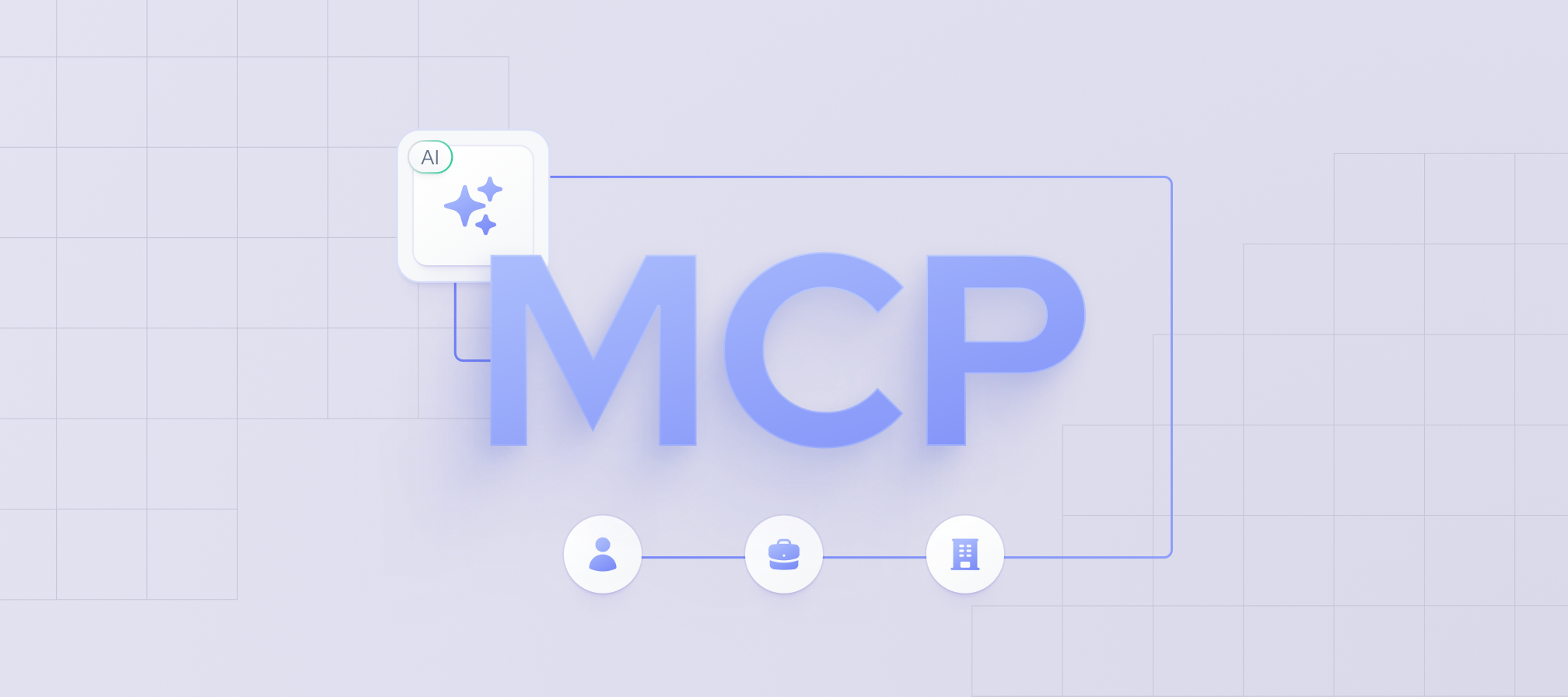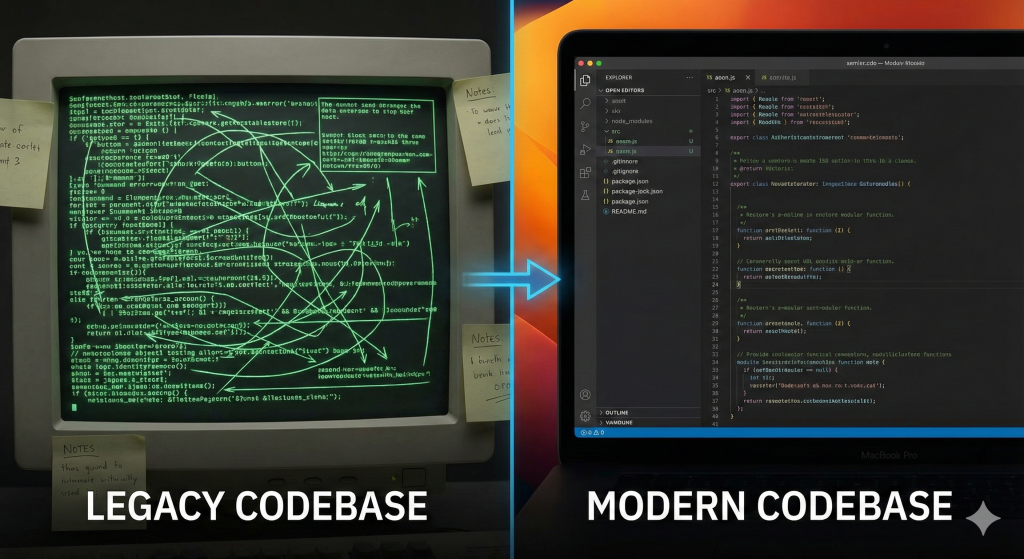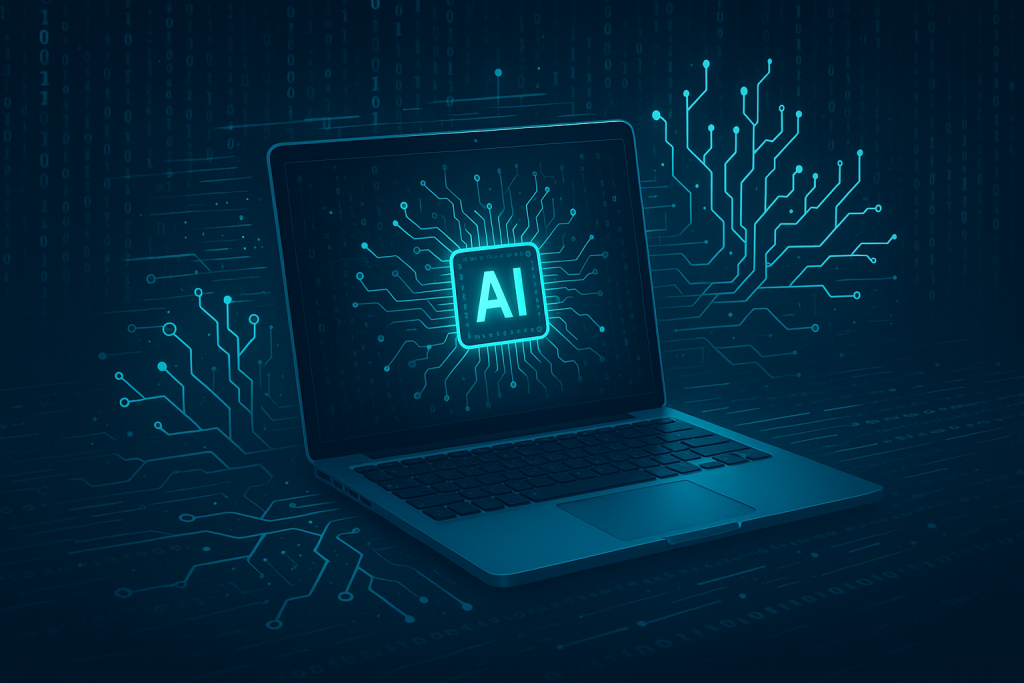Introduction to Model Context Protocol (MCP)
The Model Context Protocol (MCP) serves as a bridge between sophisticated AI models and the myriad of external data sources, APIs, databases, and files. With the accelerating adoption of AI technologies, integrating systems through MCP not only enhances flexibility but also boosts performance by leveraging distributed architectures. At its core, MCP operates on a robust client-server model, establishing a secure and streamlined communication channel. This guide provides an in-depth exploration into constructing secure and efficient MCP servers, discussing best practices, security frameworks, performance optimization, and integration techniques to ensure your deployments remain both reliable and future-proof.
Understanding the Importance of Security in MCP Servers
Security is a critical concern when establishing MCP servers. Given that these servers act as intermediaries that manage sensitive interactions between various components, including AI models and external resources, vulnerabilities could expose systems to a range of risks such as unauthorized access, injection attacks, and credential leaks.
Key security strategies include strong authentication, secure token handling, and rigorous input validation. By ensuring that every element in the MCP ecosystem—from the MCP host and client to the server itself—is authenticated, developers can thwart potential breaches. As highlighted by Microsoft and Writer, best practices like using API keys, tokens, and encrypted channels are paramount in maintaining security boundaries (see Microsoft Community Hub and Writer for further details).
Key Components of a Secure and Efficient MCP Server
Building a robust MCP server involves understanding its architecture and key components:
- MCP Host: The core AI model initiating requests.
- MCP Client: A critical intermediary service that relays commands from the AI model to the MCP server.
- MCP Server: A lightweight, specialized application that exposes specific server capabilities.
- Data Sources: These can range from local storage and cloud databases to various external APIs.
This layered architecture not only facilitates seamless integration but also enables the application of tailored security protocols at each touchpoint. Combining security measures with efficient hardware and software deployment strategies results in a system that is both agile and reliable.
Step-by-Step Guide: Building Your MCP Server
Creating an MCP server involves several critical steps outlined below:
1. Define Your Architecture
Start by mapping out your network architecture, ensuring that the MCP host, client, and server are clearly delineated. Understand how each component will communicate, and decide on the specific APIs or databases that will integrate with your system.
2. Implement Authentication and Authorization
Security begins with verifying identities. Implement robust authentication protocols using API keys, OAuth 2.1 tokens, or mutual TLS certificates. As advised by both the Writer and the MCP specification, fine-grained access control is essential; adopt a least-privilege model to ensure minimal exposure in the event of a breach (MCP Authorization Spec).
3. Secure Your Tokens and Credentials
Avoid hardcoding credentials by utilizing environment variables. Securely handle token storage, enforce token expiration, and implement rotation policies. This reduces the risk of token theft and unauthorized access.
4. Develop and Validate Input/Output Handlers
Every input and output channel should be designed with security in mind. Rigorously validate incoming data and sanitize output responses to prevent injection attacks and reduce malware risks.
5. Establish Logging and Monitoring
Integrate comprehensive monitoring solutions to detect anomalies early. Logs should capture metrics such as failed login attempts and unusual access patterns, offering actionable insights for rapid incident response (Auth0 Guide).
Best Practices for Optimizing Server Performance
Performance optimization is as critical as securing your MCP server. The following techniques are recommended:
Load Balancing
Distribute traffic evenly among servers using load balancers such as HAProxy or Nginx. This ensures that no single server becomes a bottleneck, enhancing overall system responsiveness (Apipark Insights).
Caching Mechanisms
Leverage caching solutions like Redis or Memcached to store frequently accessed data locally on the server. This reduces latency and minimizes redundant queries to backend systems.
Hardware and Software Upgrades
Always keep your hardware and software updated. Upgrading CPUs, increasing RAM, and using the latest server software versions ensures peak performance even under heavy network loads.
Continuous Performance Monitoring
Regularly track performance metrics, including latency, throughput, and resource usage. Tools that monitor these KPIs in real-time can identify bottlenecks and assist in proactive maintenance (Model Context Protocol Monitoring).
Common Challenges and Solutions in MCP Server Construction
Building MCP servers is not without its challenges. Here are some frequently encountered issues along with strategies to overcome them:
Credential Leaks
Hardcoded API keys and database URLs pose significant security risks. Transition to secure storage mechanisms like environment variables and dedicated credential management systems to avoid accidental exposure. This practice is reinforced by guidelines outlined by Adaptive (Adaptive Guide).
Injection Attacks
MCP servers must be designed to resist SQL and code injection attacks. Rely on strict input validation, sanitization of outputs, and constant updates to security libraries. This precaution is vital for protecting sensitive backend systems.
Unauthorized Access and Shadow Servers
Ensure that all MCP servers are registered and under active monitoring. Unauthorized or ‘shadow’ servers can create a blind spot in your network security, leaving vulnerabilities unaddressed (Microsoft Defender Cloud Blog).
Integrating AI Models with MCP Servers: Tips and Tricks
Seamless integration between AI models and MCP servers unlocks potential for dynamic data handling and real-time analytics. Here are some practical tips:
Standardize Communication Protocols
Adopt a uniform communication protocol across all nodes in your architecture. This not only simplifies the development process but also minimizes the risk of protocol mismatches, ensuring quick and reliable data exchange.
Incorporate Asynchronous Processing
Implement asynchronous communication methods to handle high volumes of requests efficiently. This can reduce wait times and prevent server overloads during peak operations.
Utilize Middleware for Pre-Processing
Integrate middleware solutions to preprocess requests—filtering, authenticating, and logging data before it reaches the core MCP server. This creates an additional layer of security and performance enhancement.
Testing and Validating Your MCP Server
Before deploying your MCP server into production, rigorous testing and validation are essential:
Unit and Integration Tests
Develop comprehensive test suites that cover unit tests for individual components and integration tests to ensure that all systems work harmoniously. This strategy helps catch potential issues before they impact production.
Security Penetration Testing
Conduct simulated attack scenarios to identify vulnerabilities. Performing penetration tests is a recognized best practice to validate if your security measures are effective against unauthorized intrusions.
Performance Stress Testing
Utilize stress testing tools to simulate high loads and traffic surges. This not only reveals performance bottlenecks but also validates the resilience of your load balancing and caching mechanisms.
Future Trends in MCP and AI Integration
The landscape of AI integration continues to evolve rapidly. Several future trends are poised to shape the way MCP servers function:
Increased Automation and Self-healing Systems
With advancements in AI, we can expect MCP servers to incorporate self-healing capabilities that automatically detect and rectify faults in real-time.
Enhanced Security Protocols
Emerging security frameworks and standards will likely make MCP protocols even more resilient, integrating blockchain-based identity management and real-time threat intelligence.
Greater Cloud Integration
Hybrid cloud architectures that merge on-premise data centers with cloud services are becoming the norm. This will drive MCP servers to support more complex, distributed deployments while maintaining consistent security and performance.
Frequently Asked Questions (FAQ)
What is the primary function of an MCP server?
An MCP server acts as a lightweight service that enables AI models and external applications to communicate securely and efficiently by exposing specific capabilities such as APIs, database interactions, or file handling.
How important is security in MCP implementations?
Security is paramount in MCP implementations. With components interacting across distributed networks, implementing strong authentication, secure token handling, and regular monitoring is essential to prevent breaches and unauthorized access.
Can I integrate existing AI models with an MCP server?
Yes, MCP servers are designed to integrate seamlessly with existing AI models. By standardizing communication protocols and ensuring secure interaction patterns, you can effectively connect AI models to diverse data sources and functionalities.
How do I ensure my MCP server performs under heavy load?
Optimize performance by implementing load balancing, caching, and continuously monitoring performance metrics. Regular hardware and software updates also play a critical role in maintaining efficiency during high-traffic periods.
Conclusion: Ensuring the Longevity and Reliability of Your MCP Server
Building a secure and efficient MCP server is a multifaceted challenge that necessitates careful planning, rigorous testing, and an unwavering commitment to security best practices. By leveraging the insights shared in this guide—ranging from clear architectural design to proactive performance and security measures—developers can construct MCP servers that not only meet current operational demands but are also resilient against future challenges.
Staying abreast of emerging trends in AI integration and continuously adapting security protocols will ensure your MCP server remains robust in an ever-evolving technological landscape. The integration of AI and MCP opens new horizons for automation and data-driven decision-making, making it imperative for developers to keep their systems secure, efficient, and future-ready.



